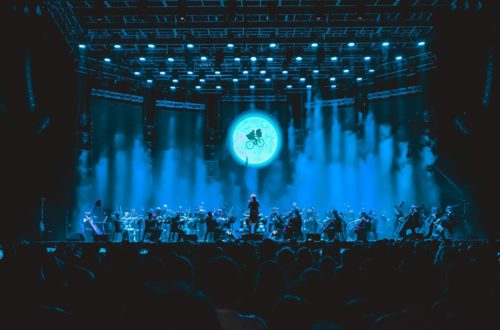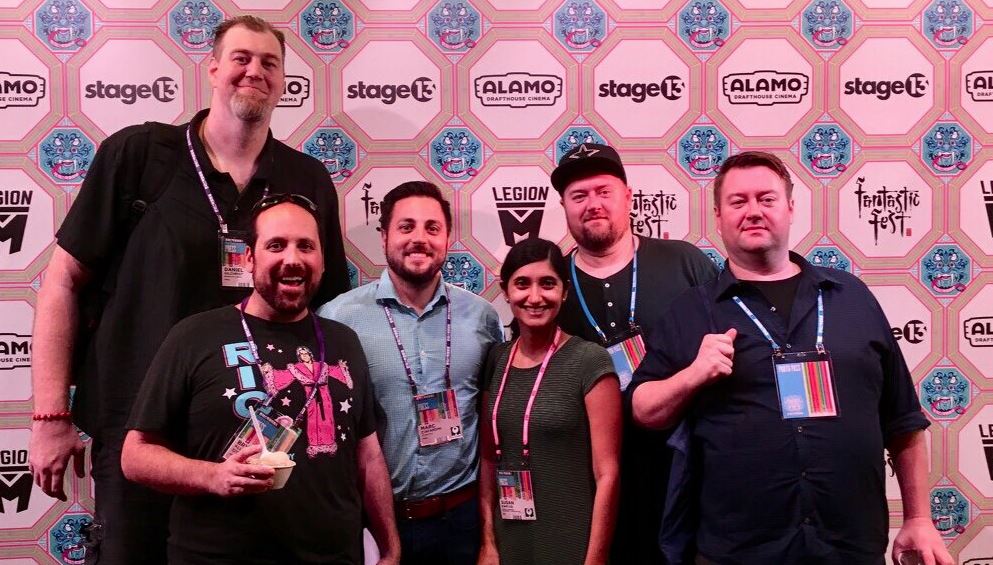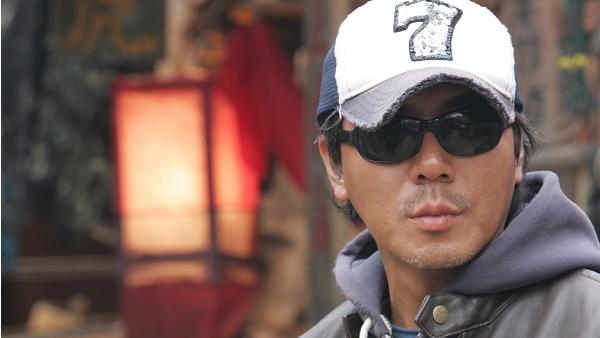 January 18th came and went without much critical or commercial fanfare for Ji-woon Kim, the first of three South Korean directors to break into the American studio system this year*; that’s sort of a king bummer, at least in part because The Last Stand, his half self-aware, half self-serious, respectably actiony Arnold Schwarzenegger vehicle, deserves to be more of a hit than its paltry $7.7 million box office take will allow. (You may recall that we had a lot of fun with the film ourselves.) But mostly this is sour news because Kim’s a great filmmaker, and nothing would be more disappointing than seeing him shunned out of the States thanks to The Last Stand‘s failure.
January 18th came and went without much critical or commercial fanfare for Ji-woon Kim, the first of three South Korean directors to break into the American studio system this year*; that’s sort of a king bummer, at least in part because The Last Stand, his half self-aware, half self-serious, respectably actiony Arnold Schwarzenegger vehicle, deserves to be more of a hit than its paltry $7.7 million box office take will allow. (You may recall that we had a lot of fun with the film ourselves.) But mostly this is sour news because Kim’s a great filmmaker, and nothing would be more disappointing than seeing him shunned out of the States thanks to The Last Stand‘s failure.
Who is Ji-woon Kim? In a word, a chameleon. Think of Kim as South Korea’s response to Steven Soderbergh: give him a genre and he’ll run with it. Just as Soderbergh can leap from a medical-horror procedural** to a gritty action film to a picture about male strippers to a psychological thriller within the span of two years, Kim has spent his career making dark family comedies, neo-noirs, revenge opuses, science fiction anthologies, ghost stories, and Spaghetti Westerns. At the same time, he’s only really garnered significant attention in the US for two of his movies– and while I Saw the Devil and The Good, the Bad, the Weird are both terrific, there’s much more to Kim’s filmography that’s worth experiencing.
Kim has been directing films since 1998, but he actually got his start directing and acting in theater, a characteristic that shows in the way he’s so actor-oriented, after dropping out of school at the Seoul Institute of the Arts. When his first cinematic effort, The Quiet Family, became a solid hit in South Korea and wound up being the sixth best-selling Korean picture of the year, Kim stayed on the filmmaking path and wound up outdoing himself two years later with the comedy-drama The Foul King, which pulled in more than double the business of his debut. He’s become an essential fixture in Korean cinema since then, as well as an incredibly versatile storyteller who refuses to confine himself to a single style or category.
2010 earned him some currency in the American markets courtesy of The Good, the Bad, the Weird— two years after its South Korean release, admittedly, but better late than never, especially when the discussion revolves around really, really good movies. Kim picked up even more esteem overseas a year later, when I Saw the Devil enjoyed a brief, limited US theatrical release in the Spring. But regardless of how much critical love these pictures received, neither of them managed to establish him as a visible name even among more avant-garde and counter-cultural audiences, and that’s nothing short of a big damn shame.
So on behalf of that, permit me to give you a bit of a primer on Ji-woon Kim’s body of work. I’ve admired him since the early 2000s, when as a college lad I went through an Asian cinema obsession and began devouring film from all over the continent– particularly those hailing from South Korea. While Kim wasn’t one of the first SK directors to pique my interest, he immediately vaulted to the top of my “favorites” list the minute he did. My hope here is to turn some of you on to the rest of Kim’s work and perhaps secure him a place in your personal “best directors” list, too. Let’s begin:
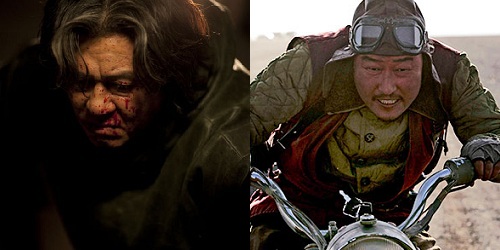
I Saw the Devil/The Good, the Bad, the Weird
Okay, I’m being a bit cheeky here– but given that these two films are the ones that everyone is more likely to have seen already, I think it makes sense to get them out of the way. That sounds a bit brusque, I admit; they’re both excellent, particularly I Saw the Devil, a movie which flirted with my top fifteen for 2011 but ultimately just missed the cut.
I’m a sucker for a good, grimy revenge picture, and I Saw the Devil fits that description handily. Maybe that shouldn’t surprise anyone since Oldboy remains my favorite movie to date. But I Saw the Devil, a film which celebrates the rank brutality Kim depicts in scene after scene as his hero, Soo-hyun, visits vicious vigilante justice upon his villain, Kyung-chul, might actually outshine Oldboy in the ugliness department. How bad does it get? At points it’s actually possible to pity Kyung-chul, an incredible feat in light of his willful barbarism. But despite that gruesomeness, I Saw the Devil is unbelievably beautiful, and represents perhaps the best proof of Kim’s ability to frame and compose each shot of his film with alluring precision.
The Good, the Bad, the Weird, on the other hand, appeals to the part of me that consumed a steady diet of Spaghetti Westerns as a teenager. The film has been saddled with a culture-specific moniker of “Kimchi Western”, which is, I suppose, somewhat appropriate, but you already know you’re watching a Leone riff before you even get to the opening credits. It takes a lot of chutzpah to take on a genre masterwork from a genre master, but Kim brings a vigorous sense of craft to The Good, the Bad, the Weird and stages every action set piece with eccentric, gleeful verve. It’s a madcap film, but as with all of Kim’s work, there’s more to it than that.
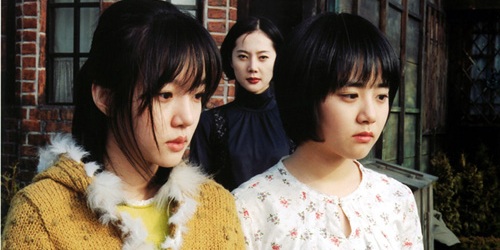
A Tale of Two Sisters
If The Good, the Bad, the Weird is about Kim putting his own spin on the Spaghetti Western, then A Tale of Two Sisters is about Kim putting his own spin on the J-horror creepy ghost girl trope. In the case of the former, “spin” means “applying his unique stamp to a tried-and-true cinematic tradition”; for the latter, that means “making a better J-horror film than most J-horror directors do”. Even when he’s at his most manic, Kim shows a careful, measured sense of consideration in his craft, and that’s the best detail of A Tale of Two Sisters, a movie that terrifies through patience rather than through unearned, cheap scare tactics– and builds up to an emotionally devastating climax. You may recall that A Tale of Two Sisters earned the American remake treatment back in 2007; do yourself a favor and wipe The Uninvited out of your brain permanently, and check out Kim’s infinitely superior vision instead.
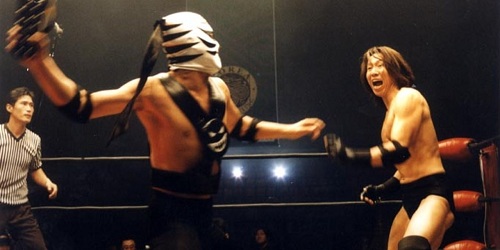
The Foul King
Arguably, The Foul King represents the most important film of Kim’s career. The Quiet Family gave him solid first-time success, but if that movie was a stepping stone in Kim’s career, The Foul King was a goddamn catapult. Want to know the moment where Ji-woon Kim became Ji-woon Kim? February 4th, 2000. There’s always something kind of dissatisfying about discussing films in terms of how they impacted their creator’s career– that’s usually an exercise in cold analysis over a movie that you might not necessarily like***. That’s the real flip side to The Foul King, though: it’s great. It’s also unlike what you’d expect from a movie where a disempowered banker adopts pro-wrestling as a pastime as a means of finding self-worth and confidence. Kim could have played The Foul King big, broad, and obvious, and though at times it definitely fits into the former two realms, he lines the proceedings with incredible pathos throughout his narrative.
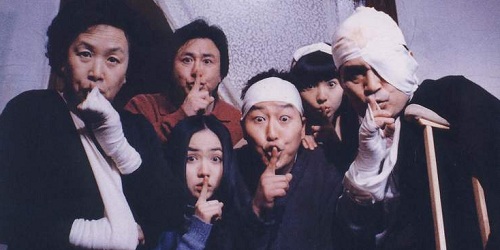
The Quiet Family
None of that praise for The Foul King keeps me from preferring The Quiet Family, mind– but in the choice between one and the other, you can’t really lose. The Quiet Family is a different beast entirely, though, and perhaps the leap from this film to The Foul King should have tipped off Kim’s audiences right away to his defiance toward genre classification. I’ve actually written about this one before, so maybe my stated preference for it over other Kim films isn’t that surprising, but it bears being praised again. Blackly hilarious, The Quiet Family plays like an accursed comedy of errors where the body count and the stakes rise with every passing minute; one gets the impression that Murphy would sit back and watch its events unfold with perverse glee, and so too do we.
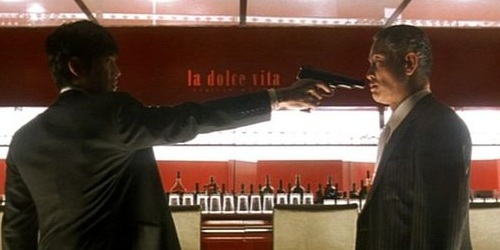
A Bittersweet Life
We come to it at last: Kim’s best film to date. That’s a hefty claim given that he hasn’t made a bad film yet, and also that he followed this film up with The Good, the Bad, the Weird and then I Saw the Devil, but it’s one I’ll stand by until someone can change my mind. Every aspect of Kim’s cinema mentioned here– his patience, his measured direction, his composition and framing, his knack for bringing out the best in actors, his gorgeous mise-en-scene– is brought to bear in A Bittersweet Life, and the intersection of all of his various talents as an artist and a filmmaker harmonize perfectly in his portrait of a crime enforcer wronged by his own immobilized psyche and by his own boss. A Bittersweet Life reaches exquisite heights of characterization and aesthetics, violence and action, humanity and cruelty; it marks the peak of Kim’s career and yet he’s proven that he still has so much to offer us.
*Well, okay, maybe only two. Chan-wook Park’s Stoker hits theaters this March, but Joon-ho Bong’s Snow Piercer doesn’t have a solid 2013 release date yet, just a push for a summer release that may or may not come to fruition. The hope, of course, is that Bong’s film makes it to theaters this year, and I’d be surprised if it didn’t.
**You may disagree with me– in fact most of you probably will– but I have no qualms with considering Contagion a horror movie.
***Take my perspective on Tarantino, for example. To me he doesn’t become a really interesting and resonant filmmaker until Jackie Brown.
